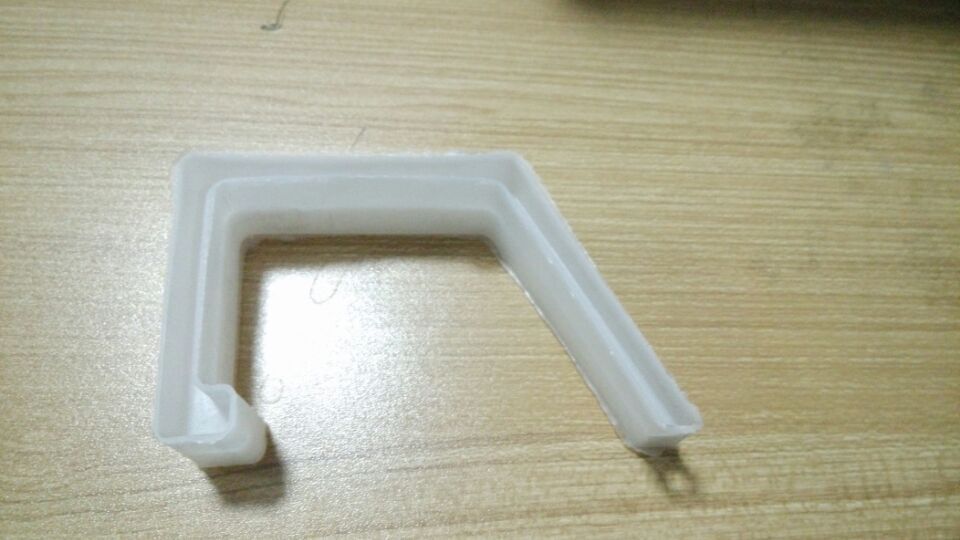cow feed pellet making machine
Dec . 03, 2024 10:51 Back to list
cow feed pellet making machine
The Importance of Cow Feed Pellet Making Machines
In the evolving agricultural landscape, the need for efficient livestock farming practices has never been more crucial. Among various innovations, cow feed pellet making machines have emerged as a vital component for enhancing cattle nutrition and managing feed resources. These machines not only streamline the feeding process but also ensure that cows receive a balanced diet, leading to healthier livestock and improved productivity.
Feed pellets are a form of concentrated feed that has been compressed and shaped for easy consumption. The process of creating these pellets involves grinding raw materials, mixing them with necessary additives, and then using a pellet mill to produce the final product. This method has several benefits over traditional feeding practices, making pellet making machines increasingly popular among farmers.
One of the primary advantages of using cow feed pellet making machines is the efficiency they bring to feed preparation. Traditional methods often require manual grinding and mixing, which can be time-consuming and labor-intensive. In contrast, a pellet making machine automates this process, saving time and reducing labor costs. Farmers can produce a large quantity of feed pellets in a short period, ensuring that their cows always have access to quality nutrition.
Additionally, pellets are easier to store and handle compared to loose feed ingredients. They take up less space and are less prone to spoilage and pest infestation. This leads to reduced waste and improved cost-effectiveness. By investing in a cow feed pellet making machine, farmers can produce durable feed that remains viable for longer periods.
cow feed pellet making machine

Nutritionally, feed pellets have distinct advantages. When formulating diets for cattle, it's essential to provide a balanced mix of energy, protein, vitamins, and minerals. A pellet machine allows for precision in this process, enabling farmers to create customized feed formulations that cater to the specific needs of their cattle, based on age, breed, and production goals. This level of customization can lead to better weight gain, higher milk production, and overall improved animal health.
Another significant benefit of using a cow feed pellet making machine is the convenience of feeding. Cows tend to consume pellets more readily than loose feed, which can lead to reduced feed wastage. The uniform size of the pellets also facilitates better digestion, making it easier for cattle to extract the necessary nutrients from their diet. This can contribute to an increase in feed conversion efficiency, ultimately enhancing the profitability of the farming operation.
Moreover, the environmental impact of livestock farming is a growing concern. By using pelletized feed, farmers can optimize feed utilization, thereby minimizing waste. The process also reduces the carbon footprint associated with transporting and storing bulk feed materials. In this way, cow feed pellet making machines not only support sustainable farming practices but also align with broader environmental goals.
In conclusion, cow feed pellet making machines play a crucial role in modern livestock management. They offer efficiency, nutritional benefits, and convenience while helping to contribute to sustainable agricultural practices. As the industry continues to grow and evolve, investing in advanced feed processing technology will be crucial for farmers who aspire to enhance their productivity and profitability while ensuring the health and well-being of their cattle. Through intelligent investment in such machinery, farmers can pave the way for a more sustainable and effective agricultural future.
-
Hot Sale 24 & 18 Door Rabbit Cages - Premium Breeding Solutions
NewsJul.25,2025
-
Automatic Feeding Line System Pan Feeder Nipple Drinker - Anping County Yize Metal Products Co., Ltd.
NewsJul.21,2025
-
Automatic Feeding Line System Pan Feeder Nipple Drinker - Anping County Yize Metal Products Co., Ltd.
NewsJul.21,2025
-
Automatic Feeding Line System - Anping Yize | Precision & Nipple
NewsJul.21,2025
-
Automatic Feeding Line System - Anping Yize | Precision & Nipple
NewsJul.21,2025
-
Automatic Feeding Line System-Anping County Yize Metal Products Co., Ltd.|Efficient Feed Distribution&Customized Animal Farming Solutions
NewsJul.21,2025






